HIV

ALL THINGS HIV & AIDS
When it comes to staying informed about HIV, knowledge truly is power. By learning more about the virus, its transmission, and effective prevention methods, you’re empowering yourself to make informed choices that prioritise your health and the well-being of your sexual partners.
WHAT IS HIV?
HIV stands for Human Immunodeficiency Virus. HIV is a virus that attacks the immune system and without treatment, it can make us very sick. HIV can be found in blood, semen, vaginal fluid and fluid from the lining of the anus. During sex, HIV is transmitted from one person to another through these fluids. HIV is the virus that can cause AIDS.
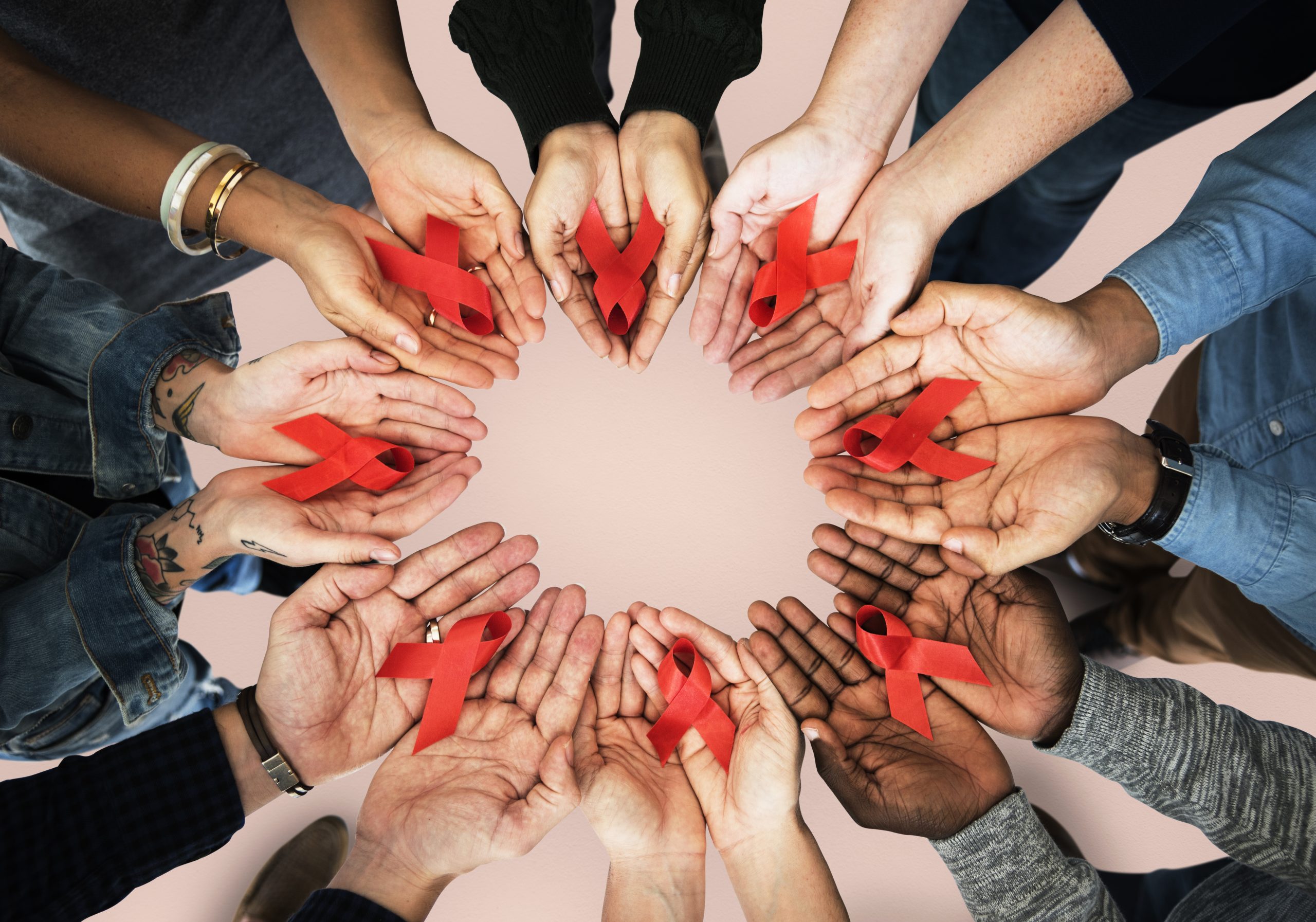
WHAT IS AIDS?
Acquired Immune Deficiency Syndrome (AIDS) is not a single disease. People who are living with HIV and have a damaged immune system, often because they are not on treatment, are more likely to get another infection or illness. AIDS is diagnosed when someone with HIV has a damaged immune system and gets a particular infection or illness.
It is important to remember that a person who is living with HIV does not have AIDS. However, all people with AIDS have HIV. With today’s treatments, very few people living with HIV are diagnosed with AIDS.
GET TO KNOW HIV

Get in the know about everything related to HIV, from start to finish!
HIV is a disease that is transmitted from one person to another, but it is not contagious like the flu or COVID – it is not airborne. HIV cannot be transmitted by kissing, hugging, shaking hands, coughing or sneezing. Nor can it be transmitted by sharing glasses, cups or cooking utensils. There are three main ways that HIV is transmitted:
- Sexual intercourse, which includes anal, vaginal or front-hole sex.
- Sharing drug injecting equipment.
- Mother to child during pregnancy, birth or breastfeeding.
There are more ways to prevent HIV than ever before – and it’s never been easier.
For several decades, the only option available was condoms. While these are still an effective way to prevent HIV, there are new biomedical options.
The ways that HIV can be prevented include:
Pre-Exposure Prophylaxis (PrEP)
HIV is detected by an HIV antibody test. When HIV enters the body, the body produces antibodies to fight the virus. It is these antibodies that an HIV test is looking for. It can take up to 12 weeks for these antibodies to be produced and detected by an HIV test. The time between HIV entering our body and when it can be detected by a test is called the ‘window period’. An HIV antibody test performed during the window period could be negative even though a person may have HIV. That is why it’s important to get tested regularly for HIV.
HIV is easily treatable now. There are some very powerful medications (called antiretrovirals) that stop the virus from attacking the immune system and they keep us healthy. The medications for HIV have dramatically changed since the 80s and now have very minimal side effects, if any. The science peeps tell us that taking HIV medications as soon after being diagnosed has the biggest health benefits.
People taking medication live just as long as everyone else, and just to be clear, advances in HIV medications mean that HIV is now considered a manageable chronic condition – similar to diabetes. For more information about HIV treatments, head to Treat HIV Now.
HIV TESTING
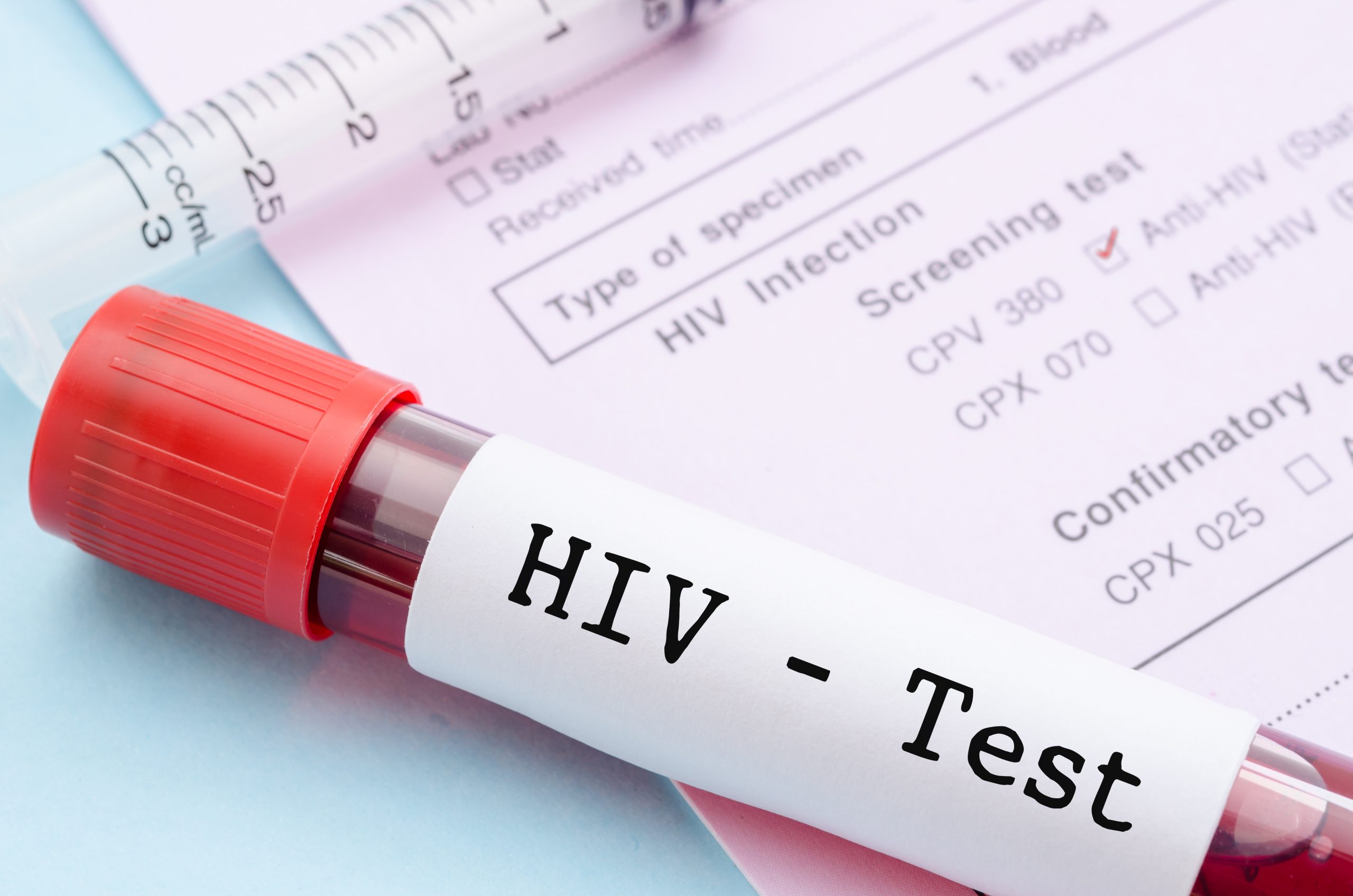
We’re all having sex, and everyone having sex should be tested at least once a year! For guys who have sex with more than one other person, it’s recommended to be tested every 3 months.
There are different ways to get tested for HIV and one of them lets us test at home. Find out more about testing for HIV at What Works.
PRE-EXPOSURE PROPHYLAXIS (PREP)
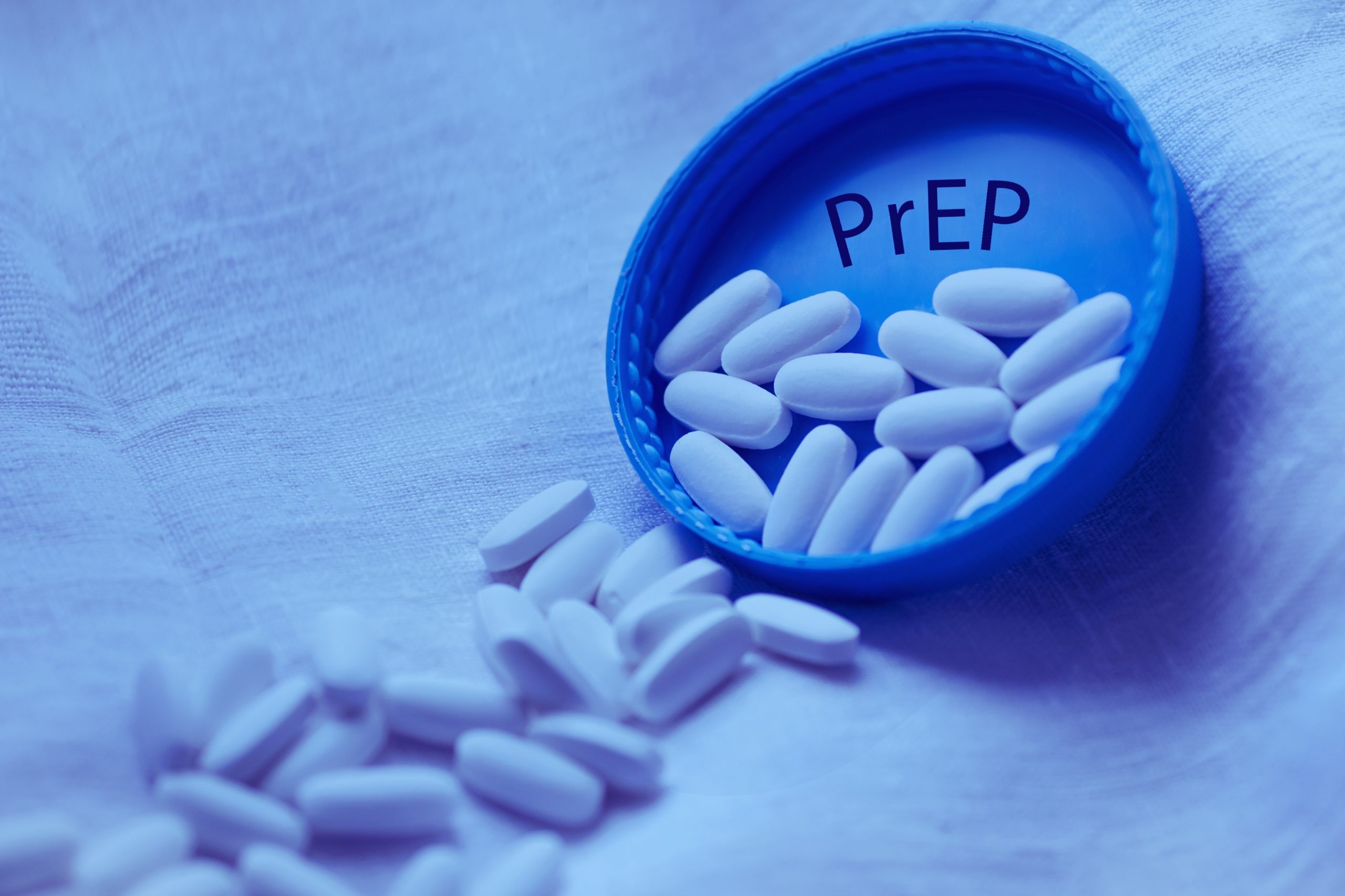
Pre-Exposure Prophylaxis (PrEP) is one of the most effective ways to protect ourselves against HIV.
Pre-Exposure Prophylaxis (PrEP) is medication that HIV-negative individuals take to prevent them from becoming HIV-positive. PrEP is appropriate for anyone at risk of HIV infection and is recommended for gay and bisexual men who engage in condomless sex with partners whose HIV status is unknown.
PrEP creates a barrier inside our body and protects us against HIV. When HIV enters the body it tries to get into our cells, and PrEP creates a biological barrier around these cells, so the HIV dies off. When taken as prescribed PrEP is a highly effective way of preventing HIV.
Research has shown that PrEP can have some minor side effects including nausea and headaches, however, these usually go away within a week or so. Some people experience no side effects at all. If we experience side effects that last longer than a week or affect our ability to take PrEP correctly, speak with the doctor.
Everyone taking PrEP will need to see their doctor every 3 months. During these appointments, the doctor will also look to see if the PrEP is affecting kidney functioning or bone density. These side effects are rarely reported among people who take PrEP, but the doctor will be checking to see if this is happening.
There are several ways PrEP can be taken, and depending on the amount of sex we’re having, who we’re having it with and what we get up to, it’s best to find a way that works for us. Find out more about how PrEP is taken at What Works.
UNDETECTABLE VIRAL LOAD (UVL)
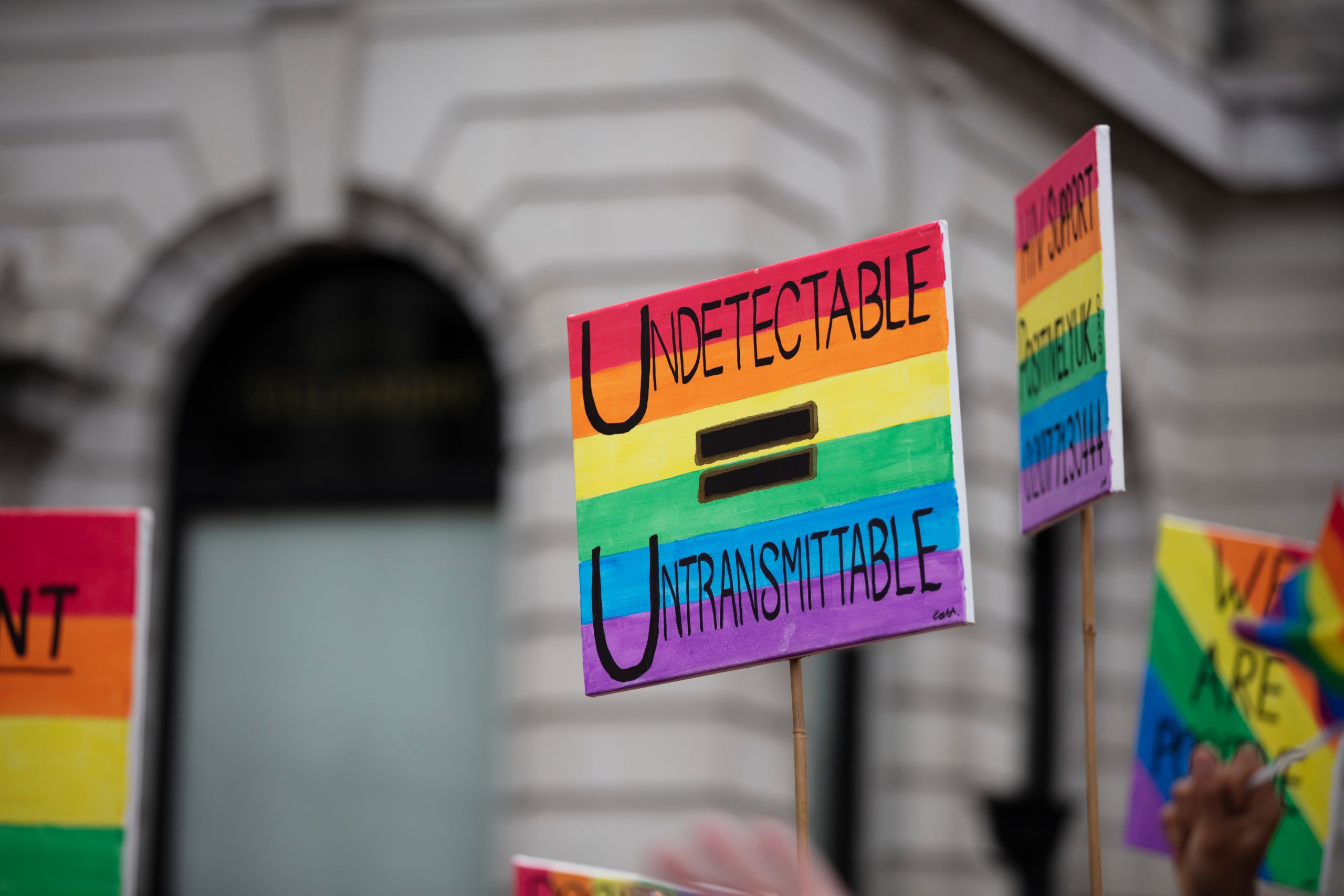
This section explains what viral load means and what the concept of an undetectable viral load (UVL) means to HIV risk.
Viral load refers to the amount of HIV circulating in the blood and it is measured by a blood test. When the result comes back, viral load is indicated as a number. The number indicates the number of viral copies per millilitre of blood (written as copies/ml). Viral load can range from below 20 to over one million copies/ml. In layman’s terms, viral load refers to the amount of virus circulating in the blood. The lower the viral load the less there is of the virus in the blood.
An undetectable viral load level is when the level of the virus in the body is reduced to a point that it cannot be detected by current tests. If a person has an UVL, it does not mean that their body is free or cured of HIV, only that the level of HIV in the body is so low that it cannot be detected by current tests. HIV-positive people on sustained HIV treatment are commonly able to maintain their viral load at low or undetectable levels.
Current research has proved that if an HIV-positive person has a sustained undetectable viral load (UVL) level and is on effective treatment, they cannot transmit HIV during sex – even if condoms are not used.
The PARTNERS Study looked at over 22,000 cases of condomless anal sex between gay couples where one person was HIV-positive and had an UVL, and the other person was HIV-negative. They found that there were zero cases of HIV transmission between these partners. This is just one of many studies regarding viral load and HIV prevention. Several research projects have looked at heterosexual couples, so this applies to our bi+ poly+ and pan+ friends too – so go forth and spread the word!
Put simply, if a person has a sustained UVL the risk of passing HIV on is zero. This means that UVL is the most effective way of preventing HIV transmission currently available.
Find out more about undetectable viral load at What Works.
POST-EXPOSURE PROPHYLAXIS (PEP)
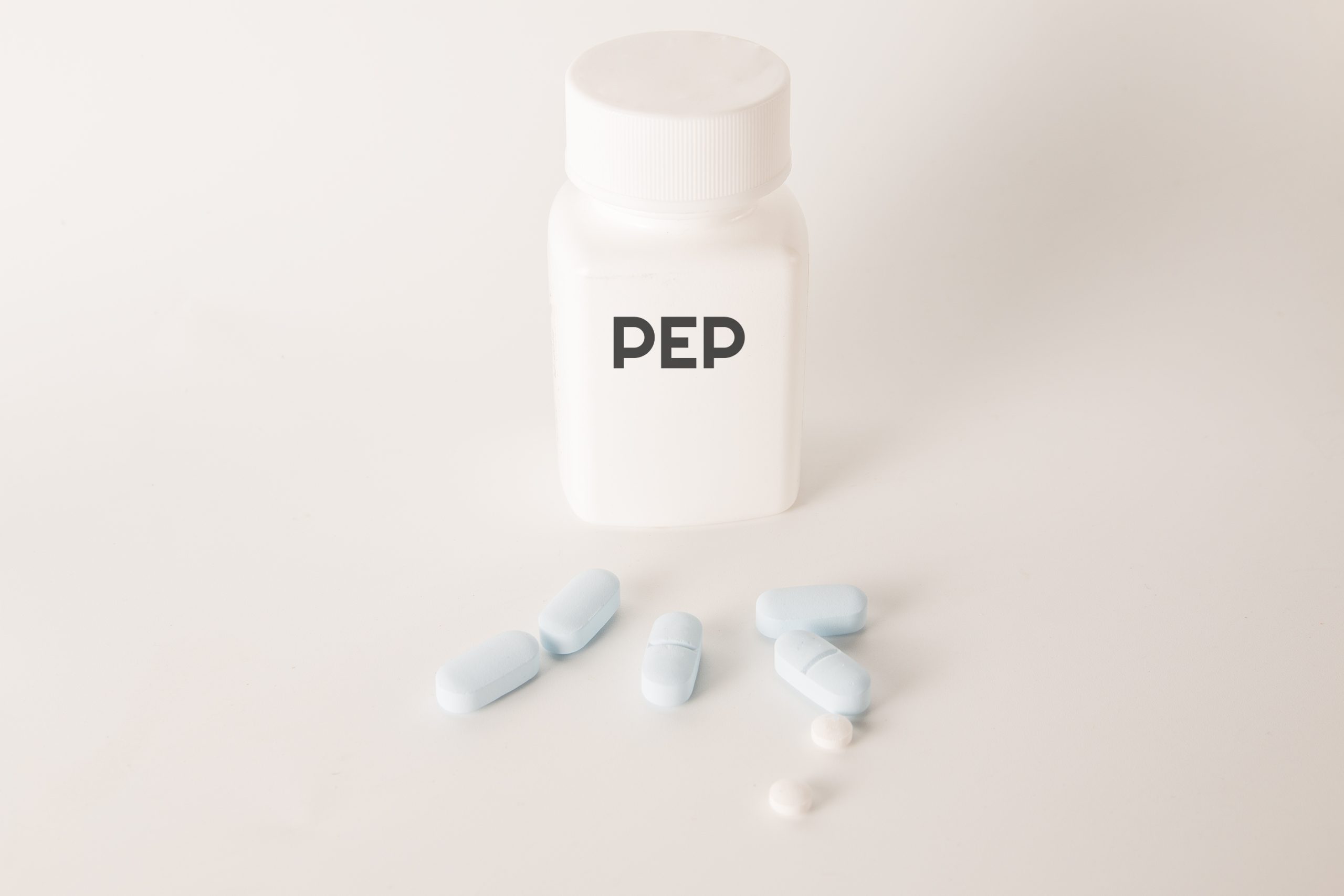
Post-Exposure Prophylaxis (PEP) is a four-week course of anti-HIV treatment drugs we can take if we think we may have been exposed to HIV through condomless sex or by sharing injecting drug equipment.
PEP can stop HIV from establishing itself in the body and prevent us from becoming HIV-positive if it is taken within 72 hours, ideally as soon as possible after the potential exposure to HIV
Taking PEP can sometimes cause side effects, however, these vary from person to person. Side effects can include diarrhoea; feeling tiredness; and, migraine-like headaches. Some of these side effects can be treated with other medications to reduce their effect on our body, but it is important to continue taking the PEP treatment drugs for all 28 days of treatment to maximise the likelihood of them working. It is important to remember that some people experience no side effects at all. If we do experience side effects, talk to the doctor about how to manage them.
If we are in Victoria contact the PEP INFOLINE on 1800 889 887. The PEP INFOLINE will be able to provide us with information and guidance on how and where to get PEP and even help us get it. Additionally, they can provide advice on whether PEP would be a suitable option for us based on our risk exposure.
If we are anywhere else in Australia, head directly to the GET PEP website, as it has a list of locations and a fair amount of information about how to access PEP.
CONDOMS
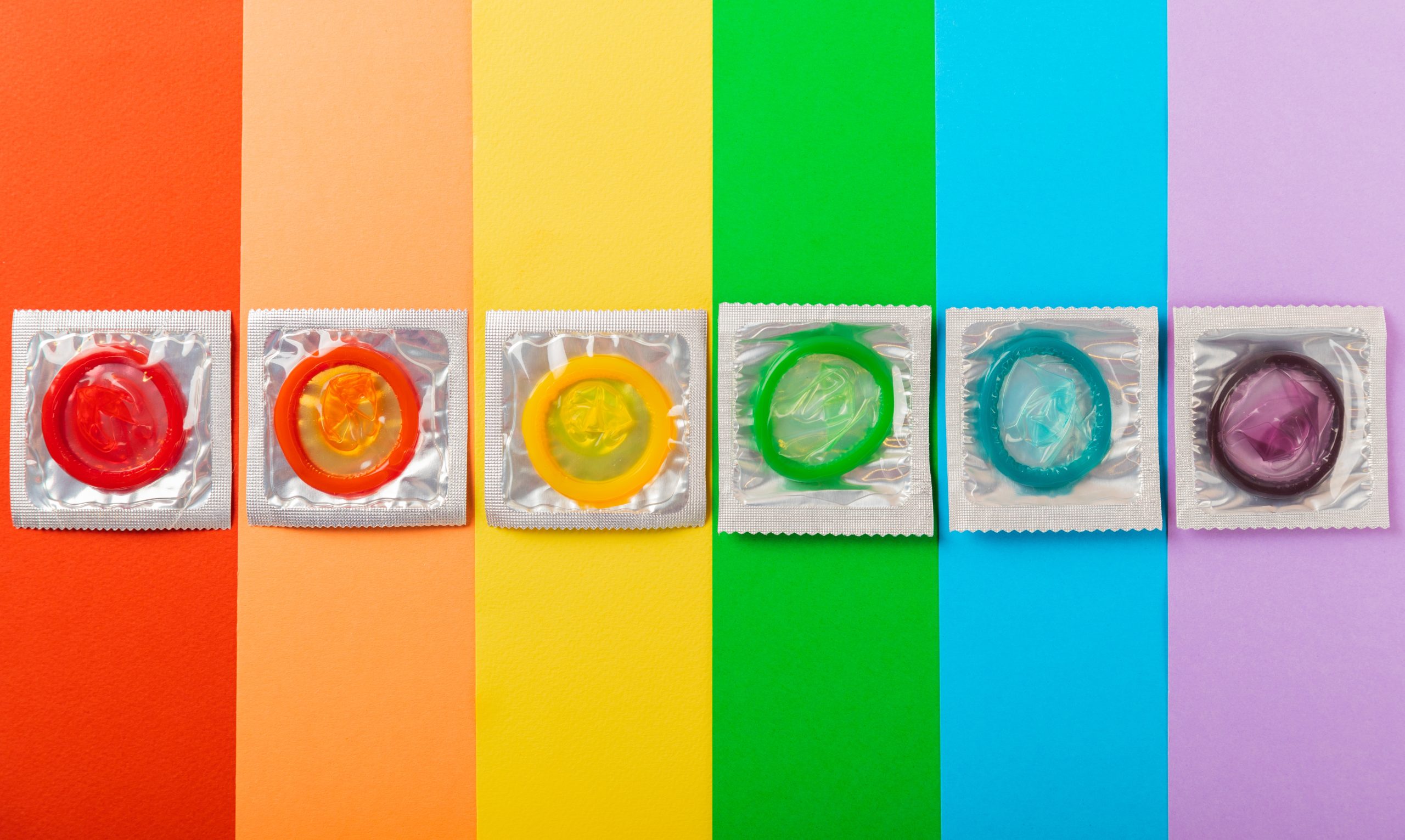
Condoms have been the cornerstone of HIV and STI prevention for the past 40 years. They remain an important part of the prevention toolkit.
A condom is a physical barrier worn on our or someone else’s cock during insertive or penetrative sex. Using condoms prevents HIV and helps prevent some other STIs.
Condoms work as barriers that prevent bodily fluids from transferring from one person to another during sex. HIV and some other STIs may be present in some bodily fluids. Condoms only work when used correctly every time we have sex.
Everyone thinks they know how condoms are used, but when used improperly they can lead to the transmission of HIV or STIs and pregnancy – and I don’t know about you, but I can hardly look after my plants let alone a child!
Condoms are worn on our or someone else’s cock while having insertive or penetrative sex and then removed afterwards. To use a condom correctly, we need to know the right way to put one on and take one off. Check out this video for more information.
Watch the video on how to use a condom [hyperlink] – New Zealand AIDS Foundation
- Condoms are for single-use only;
- If in a group sex session, use a new condom for every new partner;
- Use condoms if sharing sex toys. Put a new condom on the toy anytime it is going from one playmate to another;
- Oil-based lubricants can affect latex-based condoms so it is best to use water-based lubricants;
- Keep condoms close by the bed or keep some on us so that in the heat of the moment we can easily grab them whether we are at our place, their place, or somewhere else.
DISCLAIMER:
The information given on this page is not medical advice and should not be relied upon in that way.